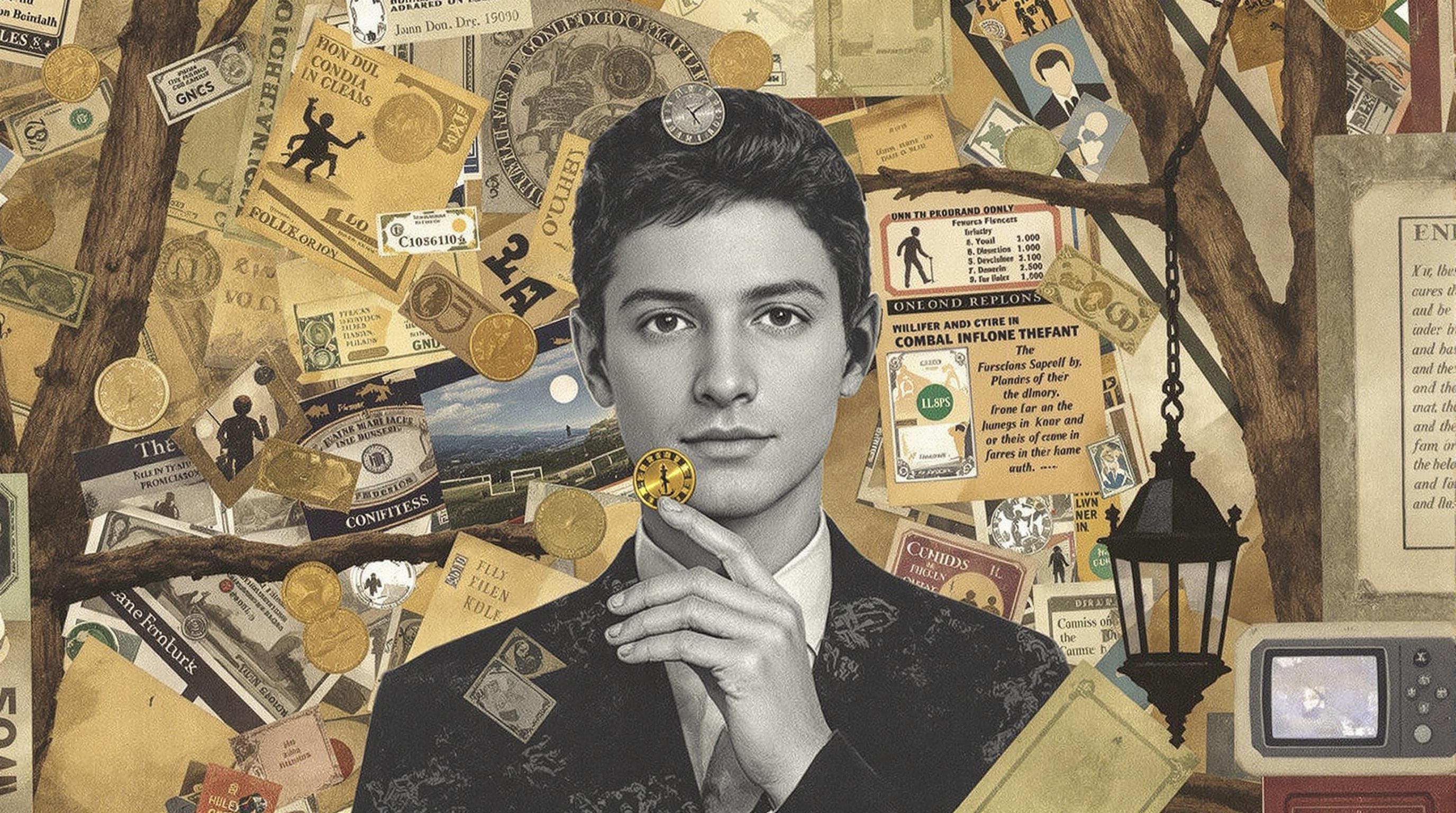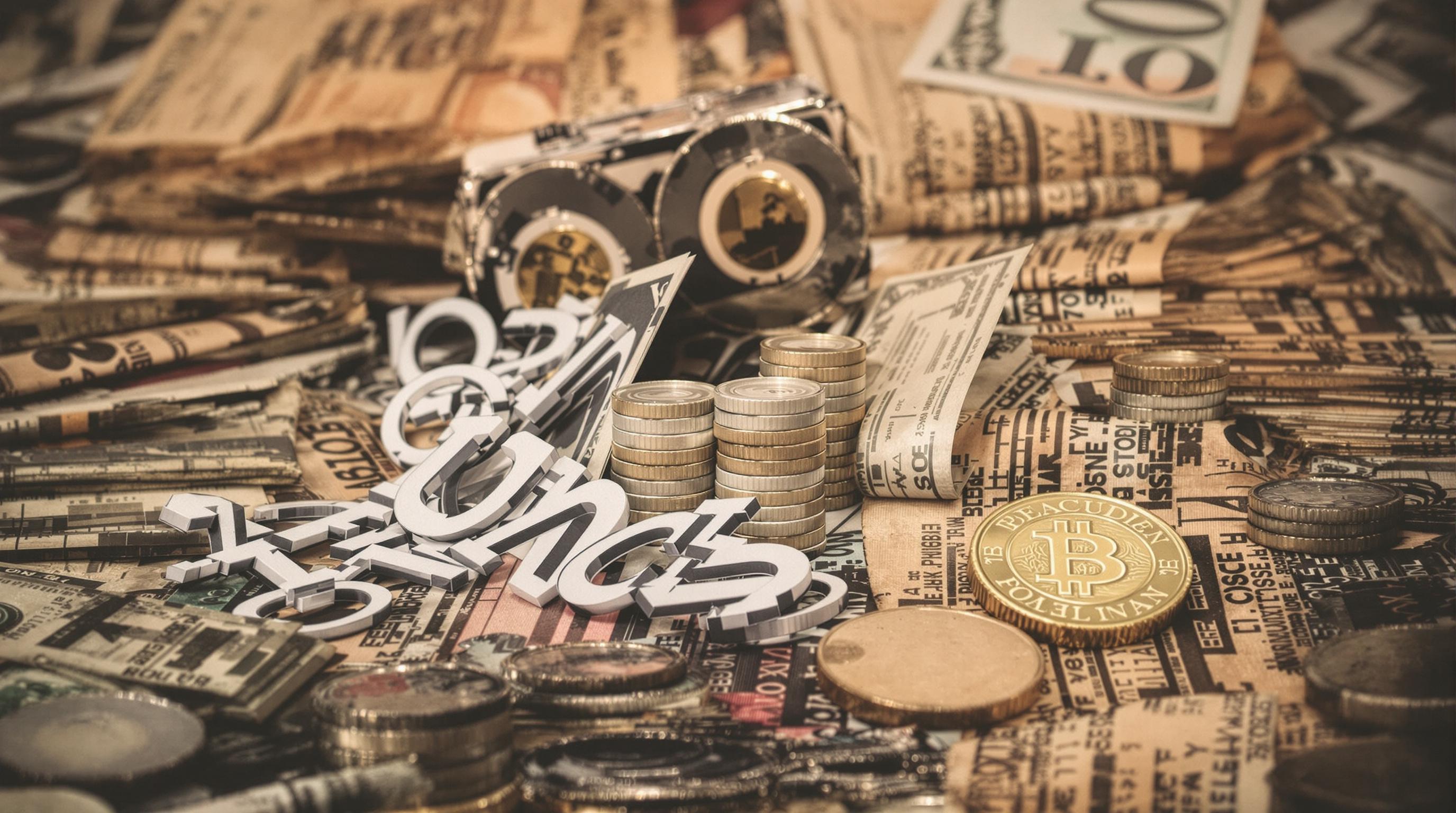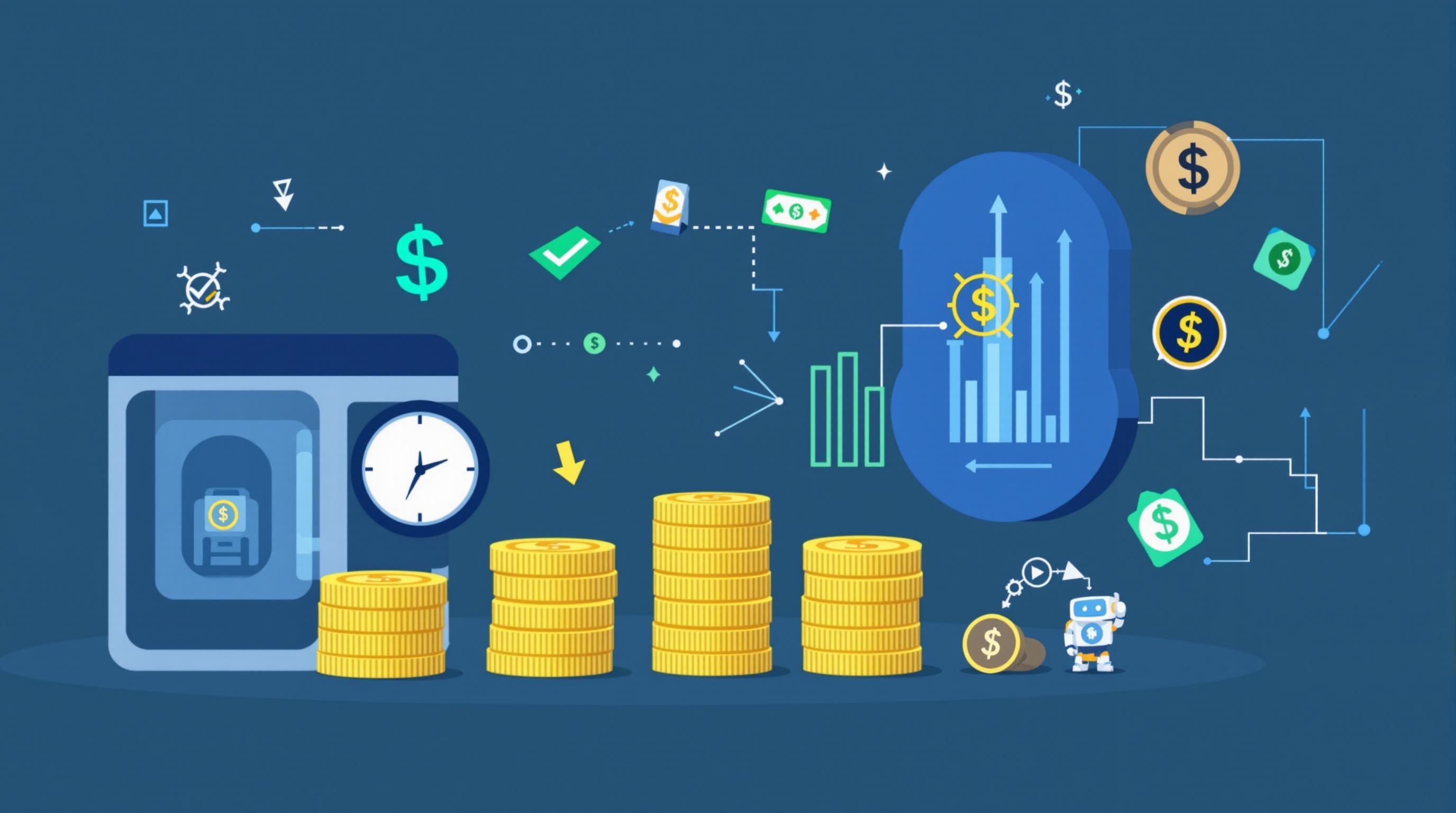Related Articles
- When Ancient Trade Routes Resurface: Unexpected Lessons for Modern Commerce and Global Economic Resilience
- When Artifacts Become Currencies: The Intriguing Trade Between Antiquities and Emerging Markets
- Beyond Borders: Unconventional Partnerships Transforming Trade Strategies in the Age of Globalization
- The Rise of Shadow Economies: How Informal Trade Networks are Disrupting Global Market Structures
- Cryptocurrency and Society: Understanding the Hidden Costs of Digital Assets on Community Well-Being
- The Surprising Role of Cultural Narratives in Shaping Investment Choices and Financial Preferences
Harnessing Nostalgia: How Memories Influence Financial Choices in Unexpected Ways
Harnessing Nostalgia: How Memories Influence Financial Choices in Unexpected Ways
Harnessing nostalgia can significantly influence our financial decisions in ways we often overlook. From the classic toys we once played with to the familiar scents of our childhood homes, these memories create emotional ties that impact our spending behavior, savings habits, and investment choices.
The Power of Nostalgia
Nostalgia is not merely a sentimental longing for the past but a complex psychological response that affects our emotions and decisions. According to a study published in "Psychological Science," nostalgic memories tend to evoke feelings of warmth and social connectedness, which can lead to an increase in emotional spending. When people reflect on the items they cherished as children, they may feel compelled to recreate those experiences through purchases, often leading to impulse buying.
The Science Behind Nostalgia
In the world of behavioral economics, the phenomenon of nostalgia can be linked to the concept of "affective forecasting," which is our ability to predict our future emotional states based on past experiences. People often recall past experiences with great fondness, leading them to believe that purchasing nostalgic items will replicate those feelings. However, this isn't always accurate; research has shown that while nostalgia can enhance positive emotions, it does not guarantee long-term happiness following a purchase.
Case Study: The Toy Market
Let’s talk about the resurgence of childhood toys like LEGO, Tamagotchis, and My Little Pony. In 2021, the toy market saw a dramatic shift with a 16% increase in sales attributed to adults reliving their childhood through these products. For instance, LEGO introduced its "Ideas" line, which includes sets based on nostalgic franchises such as "The Ghostbusters" and "Back to the Future." Statistics show that nearly 60% of adult consumers purchase toys not just for their children, but for themselves, engaging in a retail therapy supported by nostalgia.
The Emotional Toll of Financial Decisions
While nostalgia can positively influence consumer behavior, it also poses significant challenges. When we spend based on nostalgia, we may neglect sound financial principles. Imagine a young adult in their twenties scrolling through Instagram and stumbling upon vintage concert merchandise from a band they loved in high school. The immediate sense of nostalgia could eclipse their need to save for the future—or pay off student loans—leading to unplanned expenses. According to a survey conducted by Bankrate, approximately 50% of millennials are living paycheck to paycheck, a statistic that underscores the adverse impacts of emotional decision-making.
Interlacing Memories with Investments
Interestingly, nostalgia doesn't end with consumer goods; it also permeates our investment choices. A fascinating case study revealed that investors were more likely to pour money into companies associated with nostalgic brands, such as Blockbuster and Sears, despite their decline. The emotional connection often clouded rational investment decisions, highlighting a widespread bias known as "familiarity bias," where investors prefer what they know over promising but unfamiliar opportunities.
In one famous case, an investor lost out on substantial returns by holding onto shares of a nostalgic brand rather than diversifying their portfolio. Their attachment to a bygone era inhibited financial growth, showcasing how nostalgia could hinder sound investment strategies.
The Flip Side: The Frugal Nostalgic
Despite the tendency to overspend, nostalgia can also lead to frugality. For instance, individuals with strong connections to their past may prioritize experiences over material possessions, invoking memories of family vacations or communal gatherings. Americans reportedly spend only 37% of their income on necessities, with a significant amount reserved for experiences that echo pleasant memories, like travel and gatherings. In fact, it's not uncommon for millennials to prioritize experiences that involve nostalgia—like visiting places from their childhood—over costly luxuries.
Your Childhood Cravings: The Fast Food Paradox
The classic fast-food establishments, thanks to nostalgic advertising—think Happy Meals and retro toys—also bank on this emotional resonance. McDonald's, for example, frequently rolls out nostalgic menu items to entice a more mature audience, like the McRib. What's interesting is that while it draws consumers back to a taste of their past, it raises questions about health and budgeting. Studies indicate that nostalgia-induced cravings can lead to increased fast-food spending at the expense of healthier purchases, ultimately impacting personal finances.
Tapping into Nostalgia Savvy Marketing
Marketers are well aware of nostalgia's power and are masters at harnessing it. Think about the "Throwback Thursday" trend on social media, prompting individuals to post nostalgic photos from their childhoods. Brands capitalize on this by reviving old products or using nostalgic advertising, striking chords that propel consumer affinity. Pepsi's "Pepsi Generation" campaign from the 1980s was one example, aiming to evoke a sense of youth and vibrancy, which still resonates with consumers today.
Navigating Financial Choices in a Nostalgic World
As a savvy consumer, it’s crucial to understand how nostalgia can sway your financial choices. One effective approach is practicing mindfulness. Being aware of your emotional triggers when making purchasing decisions allows for better self-control and informed choices. Before splurging on that vintage item or a trip that screams nostalgia, consider your financial goals, long-term aspirations, and whether this purchase aligns with them.
The Role of Savvy Fiscal Education
You might wonder how we can mitigate the effects of nostalgia on our wallets. Financial education is key—teaching individuals, especially young adults, about budgeting and financial planning can help them recognize when nostalgia is swaying their choices. Workshops that emphasize distinguishing between wants and needs can empower consumers to make informed decisions without being derailed by nostalgia. A study by the National Endowment for Financial Education found that individuals who received structured financial education showed a 45% increase in savings behavior over time.
A Budding Nostalgic Movement
However, nostalgia is not solely a financial villain; it can serve as a catalyst for positive change. Consider a group of friends reuniting after years apart and deciding to invest together. They reminisce about their college days and decide to buy a vacation property to create new memories while enjoying the financial benefits of shared investment. This rare blend of nostalgia and financial savvy helps cultivate bonds while supporting something tangible for the future. Friendships can lead to smart financial decisions when approached mindfully.
Wrap-Up: Living in the Now with a Nod to the Past
While it’s impossible to wholly sever the relationship between nostalgia and finance, recognizing their connection allows us to forge more pragmatic financial choices. Moving forward, we should embrace nostalgic memories while balancing our desire for sentimental purchases with mindful financial strategies. After all, creating enduring memories—like saving for a dream home—can be just as fulfilling as reliving the past.
As we advance through life, it's essential to remember that while indulging in nostalgic cravings can lead to short-term satisfaction, ensuring a secure financial future shouldn’t fall by the wayside. Both nostalgia and financial responsibility can coexist in the symphony of life, allowing us to treasure memories while planning wisely for tomorrow.
In conclusion, whether you're 16 or 70, the memories that shape your financial decisions will continue to be powerful influences on your spending habits and investment choices. By understanding these influences, we can all develop a more coherent approach to managing nostalgia in our financial lives.





